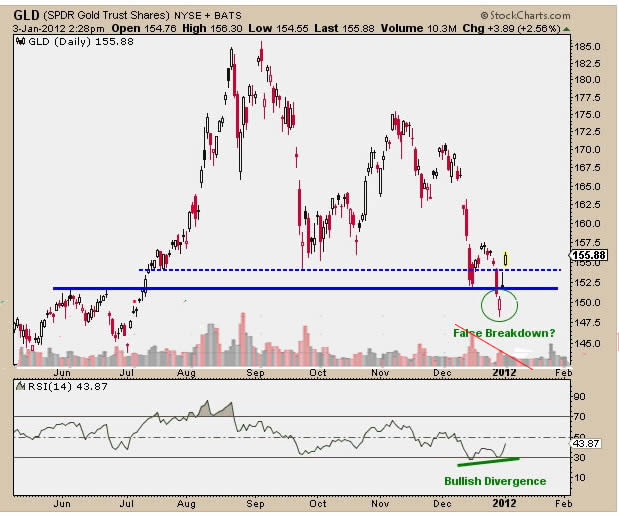Introduction
The Windows 7 operating system will use a lot of disk storage for system protection without the users knowing it. These storage are often hidden away and fully protected from accidental deletion. At times, a single file can take up as large as 30GB. This article will present a way on how to delete these system protected files and reclaim the disk storage space.
Why Big Files?
Depending on one's Windows usage and how often one installs new programs or create a restore point and how one limits the storage capacity, the system restore files can add on the new and existing restore points and can accumulate to quite a sizable file. Sometimes, the system restore files may be corrupted and new ones are added on without any mean of deleting the corrupted ones using the normal deleting function provided in system restore.How to find these files?
- Select [Computer] from [Start] button;
- Select the drive to search the files;
- Tap [Alt] button and a file menu will show up;
- Select [Folder option] under [Tools] and then select [View] tab. The following picture will appear
5. Select [show hidden files, folders, and drives] and uncheck the [Hide protected operating system files] and click [ok]. The File Manager will reappear.
6. In the top right hand corner, click the [search xxx] box and select [size] and then [gigantic]; a list of files in drive xxx will be shown.
Can one safely deleted the files?
Most system protected files are not safe to be deleted unless one knows what are they; however, one can always delete unwanted system restore file as one can always reconstruct these files. One can always test to see if the system restore file will increase in value when one create a new restore point. In these case, a system restore file has choked up about 29 GB of space under the [system volume information] folder.
Why such a big file?
A system restore file is usually about a few gigabyte. It would increase as one add on more restore points; sometimes, the restore points are simply added on uncontrollably by software. Once written, it remains there until it is deleted. Other times, these files are just added to the old and existing ones without showing up the names in any system restore pages.
How to delete these protected files?
As these are system protected files, the system will not allow any tampering by any windows base operating system such as BARTPE or mini Windows XP etc even though they are booted from an external disk drives. The only way is to delete them by using a separate operating system such as Unix or Linux system. In this case, the author has chosen to use KNOPPIX which is an GUI LINUX system. The free copies of KNOPPIX can be downloaded from here. Once KNOPPIX is loaded, navigate in the following 3 steps :
1. first selecting the [File Manager];
2. followed by selecting the [detailed list view] and then
3. select and right click the file to delete it.
Finalizing
After logging out from KNOPPIX and booting back into Windows 7, one should quickly go to the system restore section and make a fresh copy of system restore file.















































